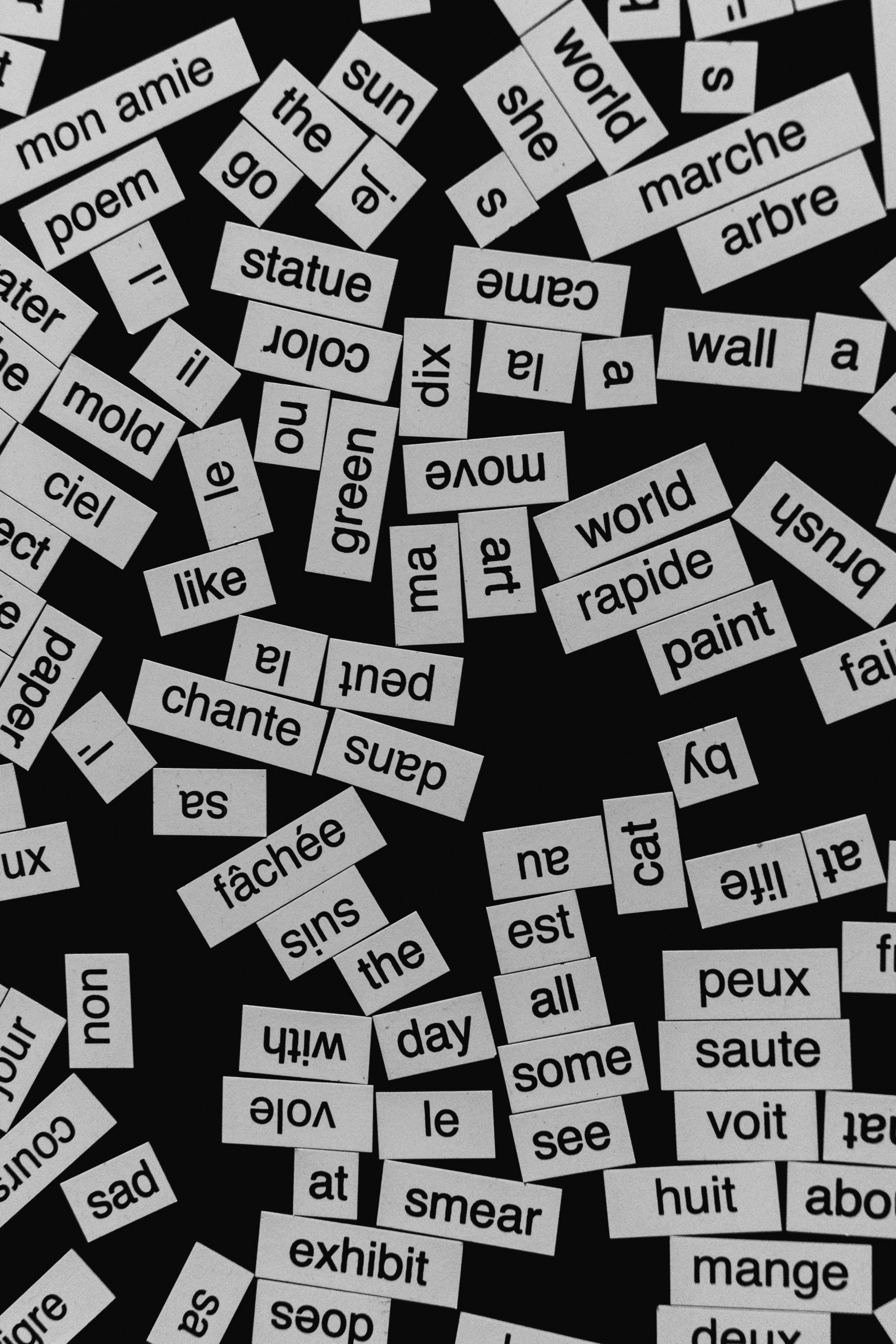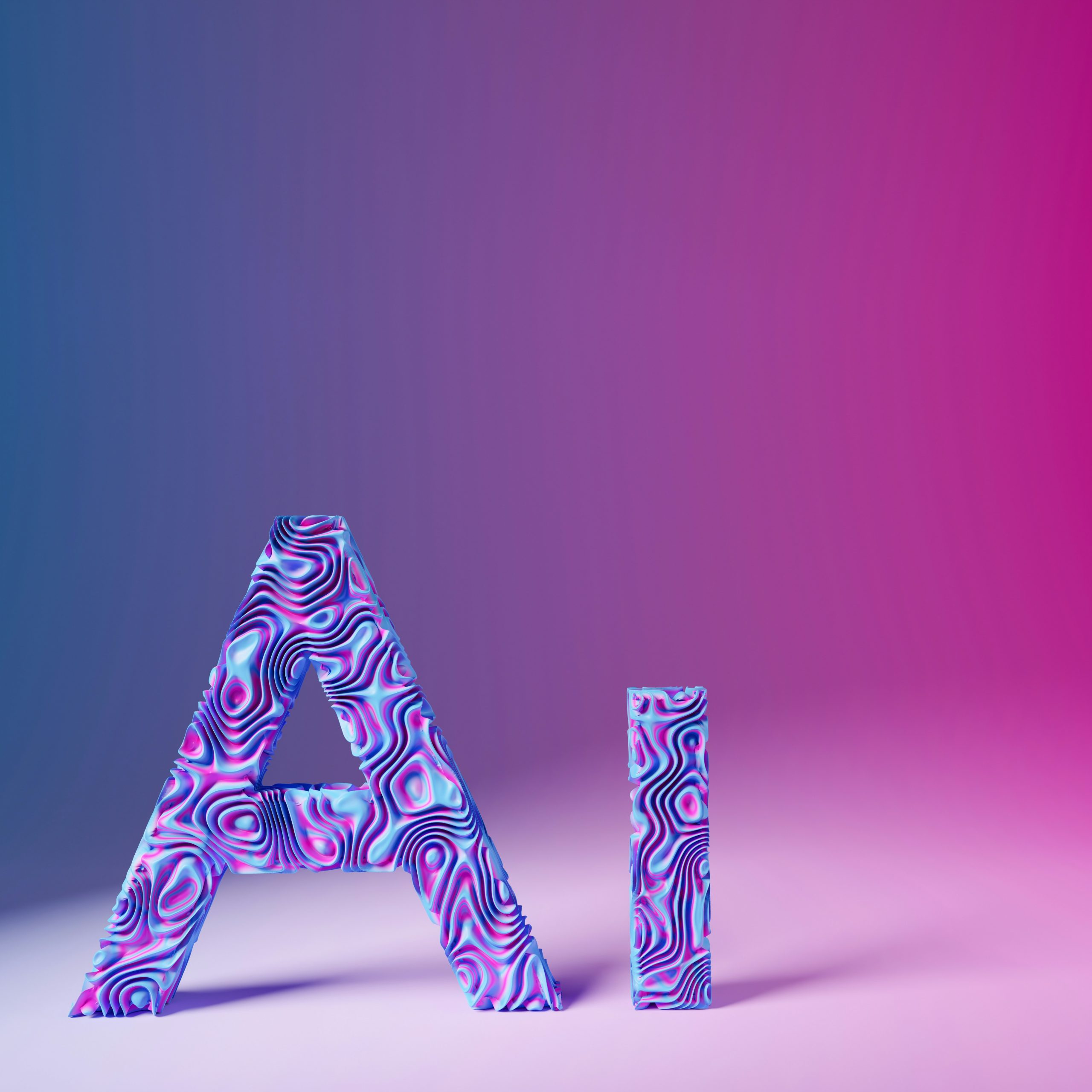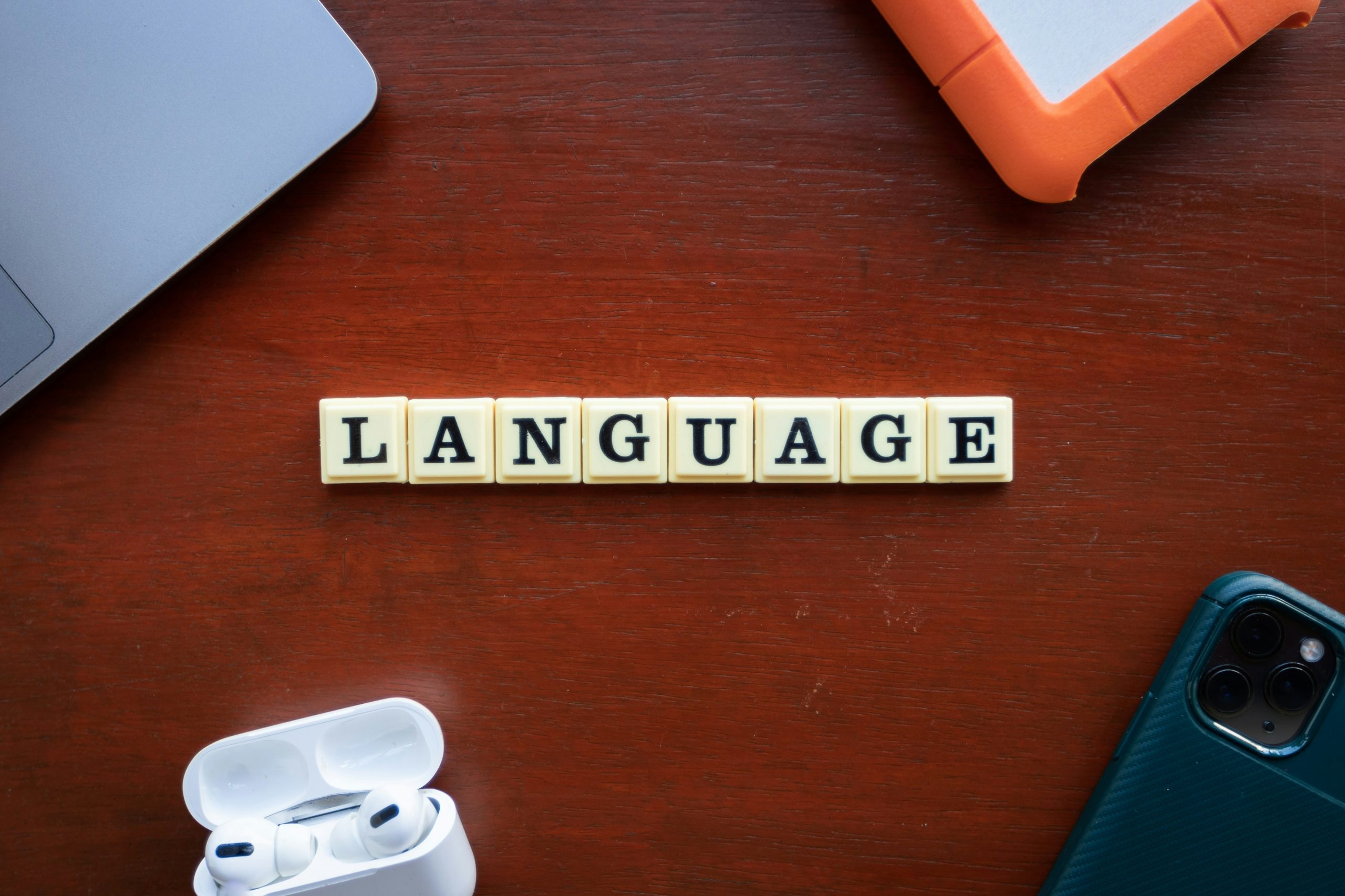-

AI has shown remarkable capabilities in language understanding and generation, but it also has notable weaknesses. Understanding where AI performs well, and where it doesn’t, is crucial for responsible and effective use. Where AI Excels AI systems, particularly large language models (LLMs), shine in: These successes stem from large amounts of training data and extensive…
-

Writing effective prompts in languages other than English—like French, Spanish, or Arabic—takes care and precision. Multilingual prompt engineering ensures your AI model understands intent, style, and context in diverse linguistic settings. Why Language Matters in Prompting Multilingual LLMs often perform better when prompts align with their dominant training languages. As research shows, prompts crafted in…
-

In our globalized world, many people naturally mix languages in the same sentence—a phenomenon called code-switching. But can AI tools like ChatGPT, Claude, or Gemini handle these mixed-language prompts effectively? Let’s explore how they perform, where they struggle, and what this means for multilingual communication. What Are Mixed-Language Prompts? A mixed-language prompt is a query…
-

AI models like GPT‑4 and Claude are powerful—but are they equally effective in English and French? Let’s explore strengths, differences, and what it means in real multilingual use. How AI Performs in English vs French Studies show that GPT‑4 performs similarly in English and French on clinical tasks, with accuracy rates of 35.8% in English…
-

Artificial Intelligence, commonly known as AI, is one of the most influential technologies of our time. But what exactly does it mean, and why does it matter? Understanding the Basics At its core, AI refers to systems or machines that can perform tasks typically requiring human intelligence. These tasks include understanding language, recognizing patterns, solving…
-

Natural Language Processing (NLP) is a field at the intersection of linguistics, computer science, and artificial intelligence. It focuses on enabling computers to understand, interpret, and generate human language — whether spoken or written. How NLP Works There are two main approaches to NLP: rule-based and machine learning-based. In rule-based (or lexicon-based) NLP, language is…
-

Large Language Models, or LLMs, are a type of artificial intelligence designed to understand and generate human language. They are the foundation behind tools like ChatGPT, Bard, or Claude, and are transforming how we write, search, translate, and interact with machines. What Makes an LLM “Large”? The more parameters and training data a model has,…
-

Prompt engineering is the practice of crafting clear, precise, and effective inputs (called prompts) to get the best possible output from a Large Language Model (LLM) like ChatGPT. It’s a bit like asking the right question in the right way — and in the world of AI, how you ask matters just as much as…
-

When you interact with an AI like ChatGPT, you might think in words and sentences — but the model doesn’t. Instead, it breaks everything down into tokens. Understanding tokens helps you better control how LLMs work, how much they cost to use, and why some responses get cut off. What is a Token? A token…
-

Generative AI refers to artificial intelligence systems that can create new content from text, images, music, code, and even video. Unlike traditional AI, which classifies or predicts based on existing data, generative AI produces original output based on the patterns it has learned. How It Works Generative AI is powered by models trained on massive…
